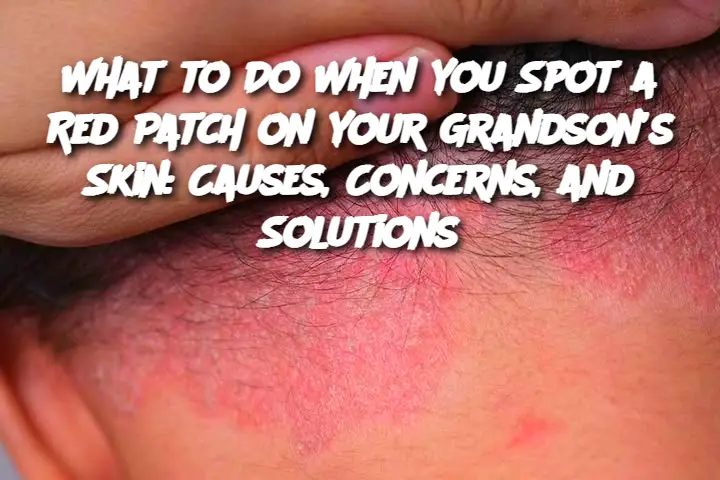ADVERTISEMENT
While most red patches on the skin are harmless, there are times when they should be a cause for concern:
Rapidly spreading rash with fever, pain, or swelling could signal an infection like chickenpox or scarlet fever.
Severe itching or burning that interferes with daily activities may be a sign of an allergic reaction or eczema flare-up.
Red patches with open sores or blisters may indicate a bacterial or viral infection that requires medical treatment.
Frequently Asked Questions
Q: How do I differentiate between an allergy and a heat rash?
A: Heat rash typically appears as tiny red bumps that occur in areas where sweat is trapped, like underarms or behind knees. Allergic reactions may cause larger, more defined patches that could be itchy and swollen.
Q: Should I use over-the-counter creams for a red patch?
A: It’s always best to consult a healthcare provider before applying any creams, especially if you are unsure of the cause of the red patch. Some over-the-counter creams can worsen the problem if used incorrectly.
Q: Can a red patch be a sign of something serious?
A: While many causes of red patches are benign, some conditions (like infections or viral rashes) can be serious. It's important to watch for other symptoms and consult a doctor if you are concerned.
In conclusion, while a red patch on your grandson’s skin is often a minor issue, it’s important to stay vigilant and consult a healthcare provider if you notice any alarming signs or symptoms. Taking prompt action can ensure that your grandson remains comfortable and healthy.
ADVERTISEMENT
